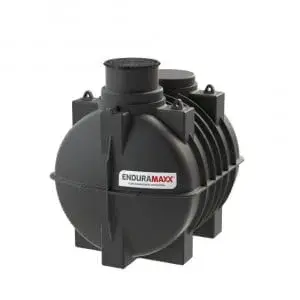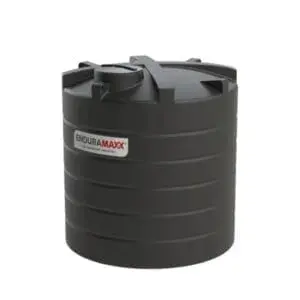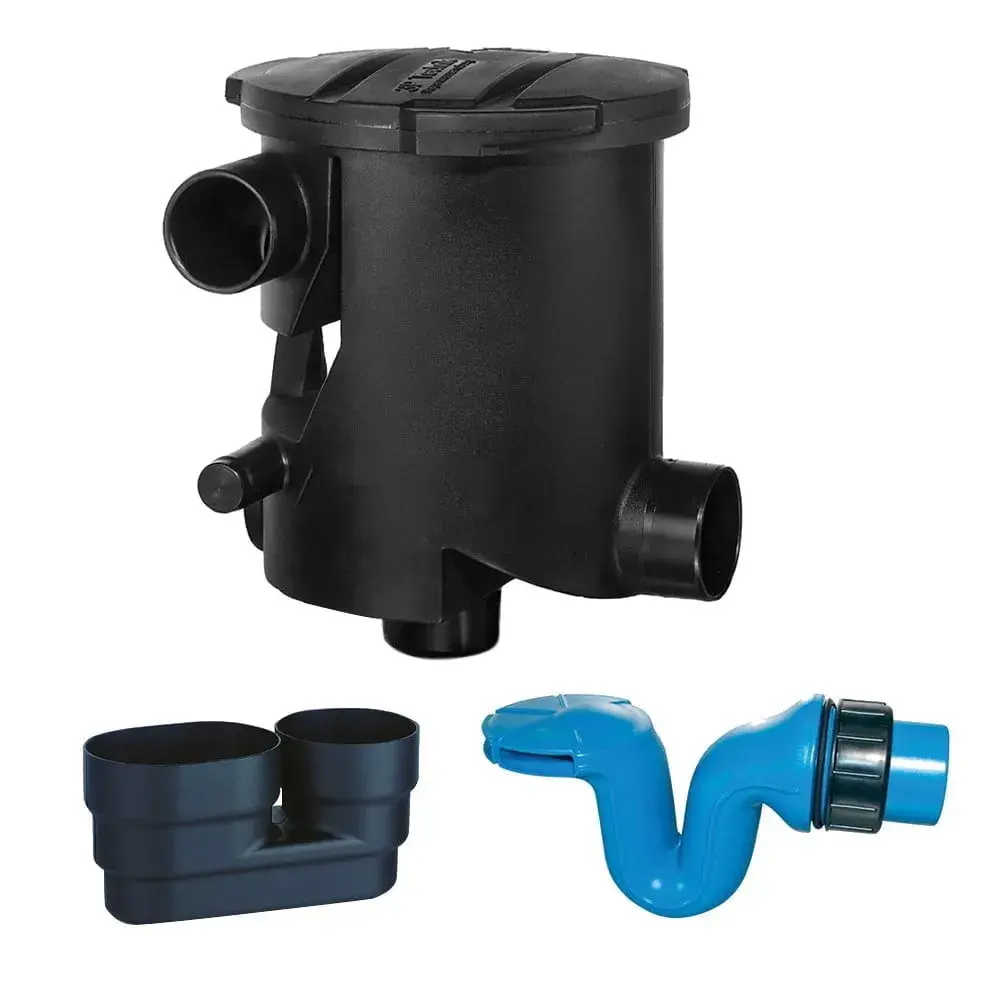
Choosing the right type of industrial water tank and capacity level for your construction site has strong implications for your project efficiency and budget. A well-optimised tank will help you to meet water demand on site without incurring unnecessary logistical, installation, and maintenance costs, while an unsuitable tank could cause you problems and hinder progress. Here are the main factors to consider when investing in an industrial water tank for your site.
1. Meeting Peak Water Demand Without Oversizing
When choosing a tank, you should first make sure that the tank you choose meets your site’s peak demand without needing to oversize. Too much capacity is better than not enough, true, but a tank that is too big can drive your upfront costs and increase maintenance requirements, as well as taking up more space on site. Consider your daily average consumption patterns, site footprint, and any equipment or processes that rely on water.
It’s important here to account for seasonal variations, such as increased water usage during the summer, or unexpected surges when project deadlines change. Aligning the size of your tank to average demand will help you strike a balance between sufficiency and efficiency and avoid unnecessary additional costs.
2. Spatial Constraints And Footprint
Before purchasing a tank, it’s important to determine where the tank will be installed on your site, and assess the available space and access points. This includes not only the tank itself but any supporting infrastructure, pumps, access stairways, etc, it may require. An elevated tank, for instance, often needs additional infrastructure for access and safety, while you may require clear ground access for water delivery lorries for ground-level tanks. You should also leave enough space for inspection and routine maintenance – a tank set up in a cramped or inaccessible location can be difficult to access and could pose a safety risk.
3. Scalability
Construction projects frequently evolve, with water requirements fluctuating as the work progresses. When investing in a tank, it's essential to account for potential future capacity needs to ensure long-term efficiency and adaptability. Without wanting to oversize, purchasing a tank with some additional capacity or a buffer will help you accommodate future needs without the need to increase or upgrade your current tanks. Be realistic when planning for future capacity so that resources aren’t wasted if the additional volume goes unused.
4. Purchase A Durable And Corrosion-Resistant Tank
Water tanks on construction sites are subjected to various environmental pressures and exposure to corrosive materials, such as physical impacts, contaminants, UV exposure, and wear and tear from strong winds and precipitation. Selecting the right material is, therefore, essential to ensure long-lasting performance. There are three main choices of material: polyethylene tanks are lightweight and budget-friendly options for short-term projects or temporary use on less demanding sites. For more long-term use or demanding conditions, steel and fibreglass tanks are a better option. Both of these materials are resistant to corrosion and are capable of handling heavy use.
What Next?
At Enduramaxx, we offer a range of industrial plastic water tanks and storage systems to meet the needs of any construction project. To learn more about the benefits of our industrial water tanks, please contact our experienced team today by clicking here.
Posts By Topics
- Blog (303)
- Chemical Storage Tanks (118)
- Chemical Dosing Tanks (114)
- Chemical Tanks (114)
- Water Tanks (58)
- Rainwater Harvesting Tanks (43)
- Vertical Rainwater Tanks (31)
- Vertical Storage Tanks (31)
- Cone Bottom Tanks (19)
- Conical Cone Tanks (18)
- Rainwater Harvesting (17)
- Water Bowsers (15)
- Horizontal Tanks (14)
- Potable Water Tanks (13)
- Farming (9)
- Case Studies (8)
- Industrial Storage Tanks (7)
- Liquid Fertilser Storage Tanks (6)
- WRAS Approved Potable Tanks (6)
- Wine and Beer Production (6)
- Horizontal Transport Tanks (5)
- Microbrewery (5)
- Rainwater (5)
- Category 5 Break Tanks (4)
- Cider Production (4)
- Mixer Tanks (4)
- Molasses Tanks (4)
- Polyethylene tanks (4)
- Rainwater Filter Kits (4)
- SPECIALIST & BESPOKE TANKS (4)
- Bunded Tanks (3)
- Slimline Tanks (3)
- WRAS Approved (3)
- Clarification Tanks (2)
- Crosslinked Polymer Tanks (XLPE) (2)
- Fertiliser Tanks (2)
- Sump Tanks (2)
- Tank Installation (2)
- Water Butt (2)
- underground water tanks (2)
- ACCESSORIES & FITTINGS (1)
- ATV & UTV SPRAYING UNITS (1)
- Above Ground Effluent Tanks (1)
- Bespoke Tank Frames (1)
- Category 5 Turret (1)
- Caustic Soda Tanks (1)
- Closed Top Bunded Tanks (1)
- Craft beer (1)
- Effluent Tanks (1)
- Enduramaxx (1)
- Ferric Chloride Tanks (1)
- Fire Safety Regulations (1)
- Fire Sprinkler Water Storage Tanks (1)
- Industrial Water Tank (1)
- Open Top Bunded Tanks (1)
- Open Top Cone Tanks (1)
- Open Top Vertical Tanks (1)
- Polyethylene Potable Water Tanks (1)
- Polyvinylidene Fluoride (PVDF) Tanks (1)
- Polyvinylidene Fluoride Tanks (PVDF) (1)
- Pressure Washers (1)
- Pro Series Spot Sprayers (1)
- RWH (1)
- Sodium Hydroxide Storage Tanks (1)
- Sprayer Fill-up Tanks (1)
- Uncategorised (1)
- liquid fertiliser tank (1)
Sign up to the newsletter
enduramaxx.marketing
Related Posts
Conical Tanks for PH Balance Neutralization Systems
Why use conical tanks for PH balance neutralization systems. To answer that we need to look at the...
Using Algae Treatment for Phosphorus & Pollutants Removal
Using algae treatment for phosphorus & pollutants removal, algae are known for their ability to...
10m3 Conical Tanks for Yorkshire Bakery Wastewater Treatment
10m3 Conical Tanks for Yorkshire Bakery 10m3 Conical Tanks for Yorkshire Bakery –...
Related Products
From £1,080.00 inc. VAT
£900.00 exc. VAT
From £1,344.00 inc. VAT
£1,120.00 exc. VAT
From £768.00 inc. VAT
£640.00 exc. VAT
£480.00 inc. VAT
£400.00 exc. VAT






